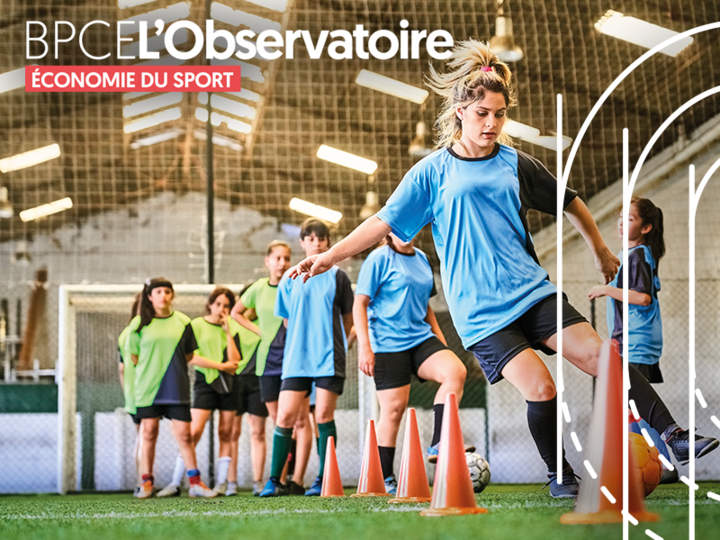
Many challenges facing the world of sports associations
Tuesday, 30 may 2023
A host of challenges loom ahead for the world of sports associations with changing user expectations, a crisis in the voluntary sector, etc. And yet, the stated goal is to win over 3 million more sports practitioners by 2024. Is this a reasonable target?
All it took was a shock – albeit, in this case, the extremely violent shock of the Covid health crisis – to undermine the still too recent (and consequently poorly established) habits developed by sports practitioners. While certain underlying trends have been strengthened, such as the individualization of sporting activities and the boom in outdoor physical activities, certain advances achieved in recent years, such as the feminization of sport and the hitherto continuous growth in the number of people taking part in sporting activities, now seem less firmly established than they appear on the surface.
What evidence supports this assertion? Firstly, the extent of the decline in the number of licenses for sporting activities (4 million fewer annual and one-off licenses granted between 2019 and 2021), a trend observed more particularly among working-age women. Secondly, the fact that the decline in activities pursued within associations has not been offset elsewhere despite the growth in the number of people practicing sport alone (home-based sporting activities, walking or jogging), a tendency driven by successive Covid lockdown periods and the wider adoption of telecommuting.
Nevertheless, this period has had the merit of forcing associations to address the issue of their own rigidity, enabling them to consider adapting their framework, especially in line with their members’ need for greater flexibility. There have also been considerable changes in the diversification of sporting activities with the French moving away from certain ‘fashionable’ sports (combat and defensive sports such as boxing, karate and shooting) in favor of more well-established activities such as tennis and horse-riding.
All this represents a major challenge not only for sports associations in terms of adapting their nonprofit model but also for public policy in terms of promoting the positive impacts of sport, particularly on people’s health. Even if some catching up is possible, the target of 3 million additional sports practitioners declared in 2018 in the run-up to the Olympic & Paralympic Games Paris 2024 may ultimately be difficult to achieve without support. Given the extremely high stakes related to health (cardiovascular risks, obesity, preservation of individuals’ health capital, etc.), it is essential that institutions should continue to support sporting practices in the widest sense of the word.
You’d like to learn more about this topic? These and many other analyses may be found in BPCE L’Observatoire-Economie du sport